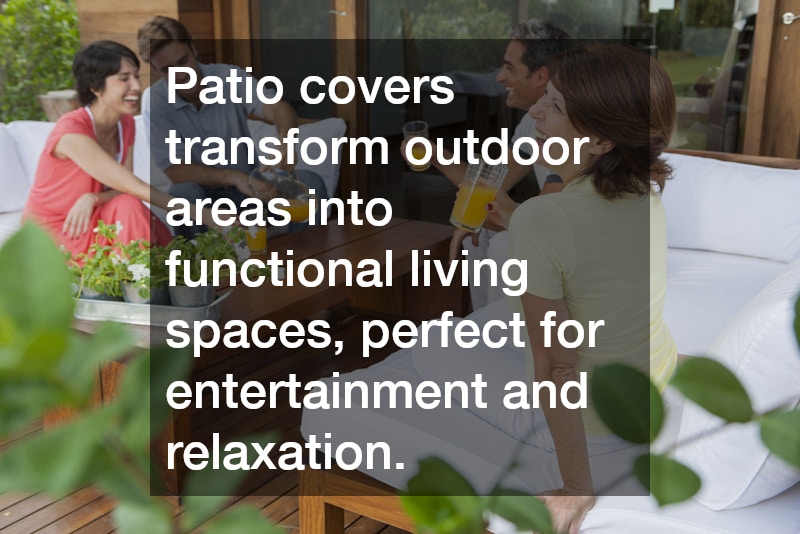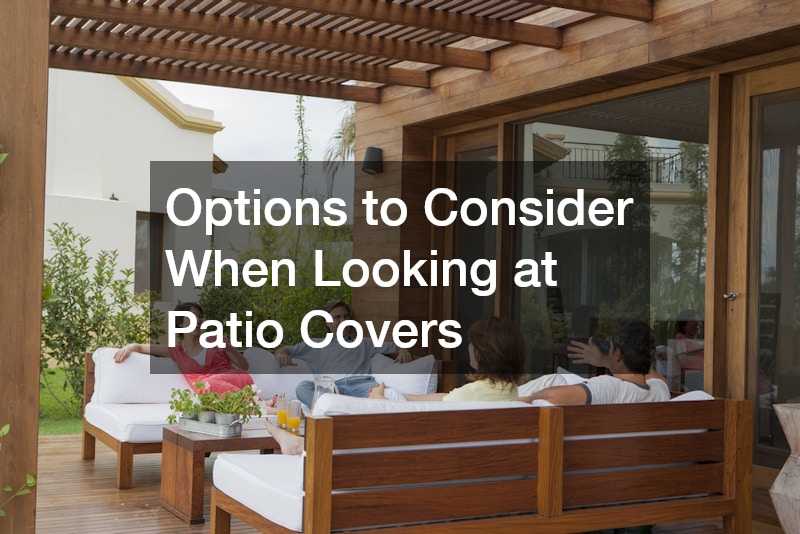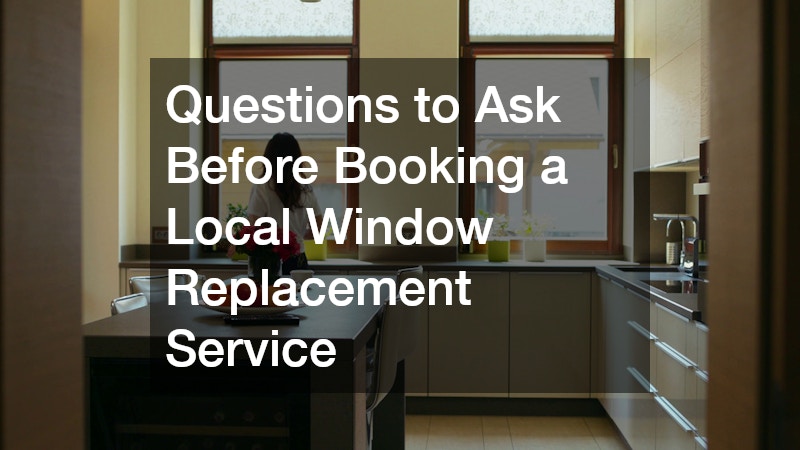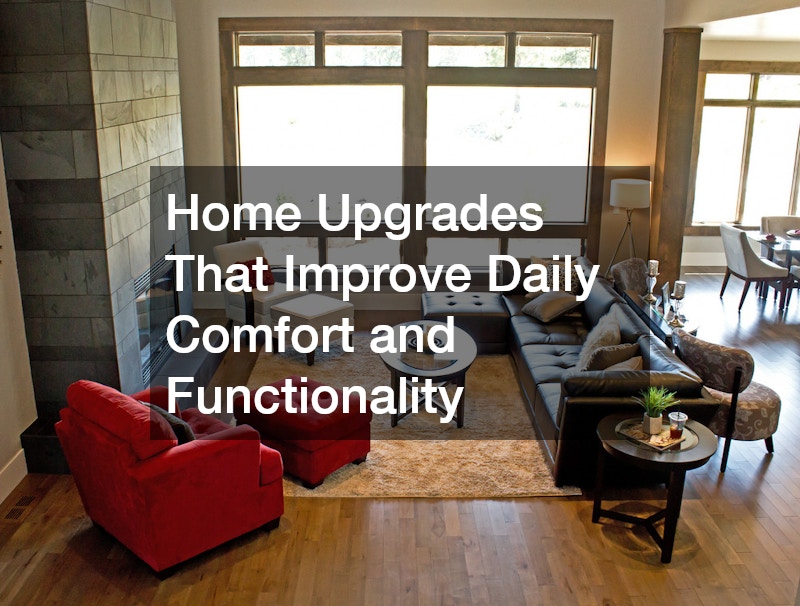In this article, we will explore various options to consider when choosing patio covers. We’ll dive into the most common questions and concerns people have when selecting the best cover for their outdoor spaces.
What Are the Different Types of Patio Covers Available?
Awnings
Awnings are a versatile and popular choice for patio covers, providing both style and functionality. They come in a range of materials, including fabric and metal, which can suit different design aesthetics and durability needs.
Fixed awnings offer a rigid structure that permanently alters the patio space, while retractable awnings provide flexibility for shading on demand. Additionally, motorized options add convenience and modern appeal, making it easier to adjust the amount of sunlight with minimal effort. One key advantage of awnings is their ability to extend the living area by creating a shaded outdoor room. This enhances the usability of the patio throughout various weather conditions, making it a valuable investment for homeowners seeking to maximize outdoor enjoyment.
Pergolas
Pergolas are a popular choice for enhancing the architectural beauty of patios while providing partial shade. They consist of vertical posts supporting cross-beams and an open lattice, allowing for a blend of sunlight and shade. Many homeowners choose pergolas because they allow them to incorporate climbing plants, adding natural elements and additional shade to the structure. Available in a variety of materials, such as wood, vinyl, and aluminum, pergolas can be customized to fit the landscape and personal taste. While they don’t offer complete protection from the elements, pergolas create a defined space for relaxation and entertaining. This makes them particularly attractive for those looking to add sophistication and character to their outdoor areas.
How Do You Choose the Right Material for Your Patio Cover?
Wooden Patio Covers
Wooden patio covers offer a classic and warm aesthetic that blends seamlessly with natural surroundings. They’re highly customizable in terms of shape, size, and stain, allowing for personalized design choices. However, wood requires regular maintenance to prevent rot, insect damage, and weathering, which can be a consideration for potential cost and labor. Despite these requirements, wooden covers can significantly enhance the value and charm of a home. Choosing a high-quality, durable wood such as cedar or redwood can increase the patio cover’s longevity. Such materials are known for their natural resistance to decay and insects, making them a smart investment for long-lasting outdoor enhancements.
Metal and Aluminum Covers
Metal and aluminum patio covers are highly regarded for their durability and low maintenance needs. They’re resistant to weather fluctuations, rust, and pests, providing a long-lasting cover solution. These materials also offer a sleek, modern appearance that can be integrated into contemporary home designs. Aluminum, in particular, is lightweight yet strong, making it suitable for both DIY installations and professional setups.
What Are the Benefits of Installing a Patio Cover?
Protection from the Sun and Rain
One of the primary benefits of installing a patio cover is its ability to protect against the sun and rain, allowing outdoor enjoyment regardless of weather conditions. This protection extends the usability of outdoor spaces, shielding people and furniture from harmful UV rays and precipitation. Patio covers enable homeowners to create comfortable retreats without the worry of sudden weather changes. By mitigating direct sunlight and rain, they help preserve patio furniture and flooring, contributing to long-term savings on replacement costs.
Enhancing Outdoor Living Space
Patio covers transform outdoor areas into functional living spaces, perfect for entertainment and relaxation. By defining the space, these covers make patios suitable for hosting gatherings, barbecues, and quiet family dinners. With the added protection that patio covers provide, homeowners can install additional outdoor amenities, such as lighting and fans, enhancing comfort and usability. These modifications not only improve convenience but also increase the overall value of a property.
How Much Does It Cost to Install a Patio Cover?
Factors Affecting Cost
The cost of installing a patio cover varies based on several factors, including material, size, and installation complexity. Options like automated retractable awnings may incur higher costs compared to traditional fixed covers due to their advanced mechanisms. Another significant cost variable is labor, which can differ greatly depending on whether homeowners choose a professional installation or a DIY approach. Additionally, custom designs, finishes, and added features such as lighting or fans can elevate the overall price.
Budget-Friendly Options
For those with limited budgets, affordable patio cover alternatives are available that still offer excellent functionality and style. Options include shade sails, which are cost-effective and provide good coverage while allowing for design flexibility through varied shapes and colors. Additionally, using vinyl or polycarbonate materials can decrease initial expenses while still offering durability and weather resistance. These options are generally easier to install, lowering labor costs and making them more accessible for DIY efforts.
Choosing the right patio cover involves considering a variety of options and factors. By understanding the different types and materials available, their benefits, and their cost implications, you can make an informed decision that enhances your outdoor living experience.




